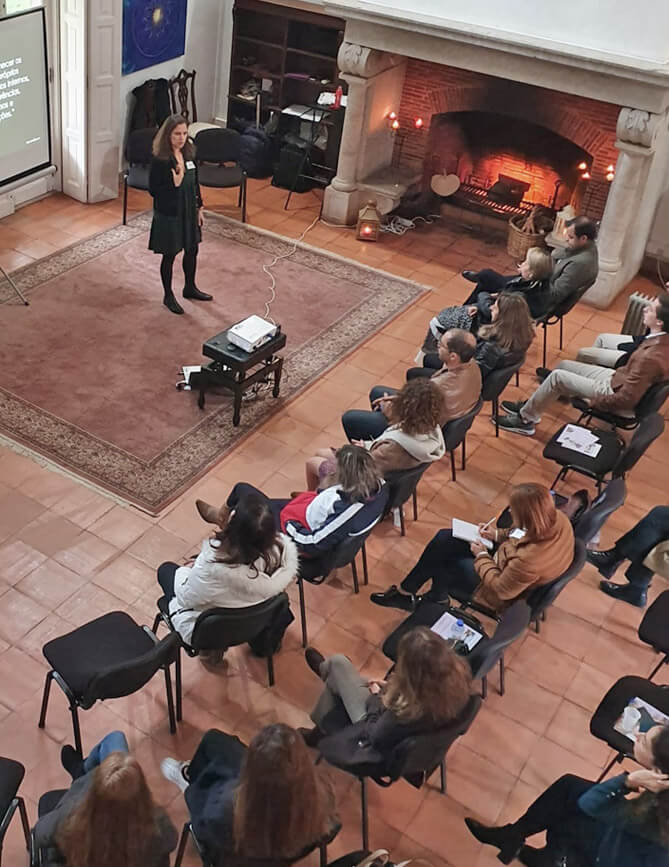Much has been written about digital transformation and its 360º impact on business. After more than 25 years in the IT industry, I can simply reinforce what a deep impact it has and how important it is for any business (and any businessperson) willing to make a living (keep market presence and earnings) in the years to come. Although the process itself is an easy process, it is plenty of misunderstandings and blind spots. If I could summarized it in four steps, they would be as follows:
- Create change
- Manage change
- Learn from mistakes, open to new strategies, and reconfigure relationships
- Unblock resistance
When digital transformation strategies manifest naively, they fully focus on technology and add “… by incorporating new technologies” at the end of all above sentences. This is the common approach of digital enthusiastic people which have plenty of “new gadgets” to evangelize and sell.
When digital transformation strategies manifest more wisely, they expand the focus to include the organization and add “… by incorporation new technology and new organizational capabilities”. This is the common approach of the “consulting industry” which has plenty of “new methodologies” to evangelize and sell. As these could look like more slippery, think “innovation” and «design-this-and-that» methodologies when we thinking 1; or think “change management” when thinking 2; or think “lean” methodologies when thinking 3; or think “new leadership styles” when thinking 4 (be it servant leadership, conscious leadership, positive leadership, human leadership or feminine leadership).
However, the blindspot of almost all digital transformation strategies is how it impacts the individual person, what are the individual changes that it demands. Or if we borrow from Yuval Noah Harari’s momentum, how it impacts the 70.000 years-old Homo Sapiens which inhabits inside all of us. To understand this better, let me expand the “transformation” part of digital transformation and light it on a human scale:
- Create change > transform old “automatic pilot” behaviors into new conscious decision-making;
- Manage change > transform anxiety and uncertainty into calm and trust;
- Learn from mistakes, open to new strategies, and reconfigure relationships > transform difficult conversations and hard reward systems into learning conversations and collective creativity;
- Unblock resistance > transform pessimism into optimism; transform stress and burnout into joy and resilience; transform criticism and isolation into helpfulness and connection (which is, using state-of-the-art wording, to be more compassionate, to be on service to alleviate suffering).
Fortunately, we already have a name for the underlying capacity of all four steps, that one competence that will allow this “quadruple transformation” at the individual (and collective) level. What is it? The better answer at hand is to develop Emotional Intelligence. And how to do it? The state-of-the-art technology (as I like to think it as an “inner technology”), the one preferred by organizations all around the world, is called mindfulness. How to bring Emotional Intelligence and mindfulness to the organization so as it can reach all its individuals? For sure there are different proposals, but the one we have chosen (because we like it the most) is the Search Inside Yourself program, as it is based on the latest research of neuroscience and it was developed at Google in Silicon Valley, the very center of digital transformation.
Now, you already know how to be inclusive with the individual in the digital transformation strategy and how to add «… by helping individuals and teams how to transform themselves» at the end of all above sentences . Or if you deeply like Harari’s talk, you maybe could add «… by upgrading people».

